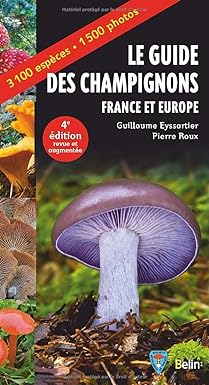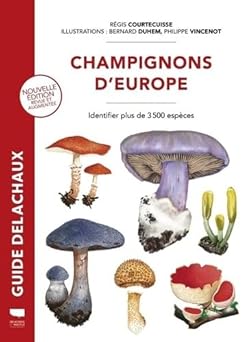
 |
Hyphodiscus hymeniophilus(P. Karsten) Baral (1993) |
 |
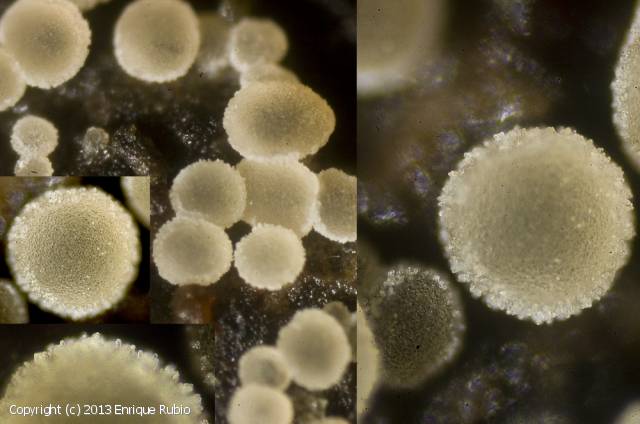 |  |

| 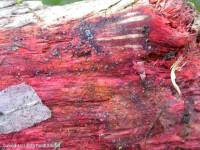
| 
|
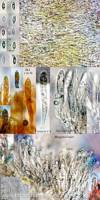
| 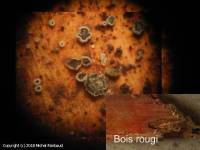
|
Ascomycota / Leotiomycetes / Helotiales / Hyaloscyphaceae
Peziza hymeniophila P. Karsten (1861), Synopsis Pezizarum et Ascobolorum Fenniae, p. 21 ('hymenophila') (Basionyme)
Cyathicula hymeniophila (P. Karsten) P. Karsten (1866), Notiser ur sällskapets pro fauna et flora Fennica förhandlingar, 8, p. 207
Tapesia atrosanguinea Fuckel (1870) [1869-70], Jahrbücher des nassauischen vereins für naturkunde, 23-24, p. 303
Helotium hymeniophilum (P. Karsten) P. Karsten (1871), Notiser ur sällskapets pro fauna et flora Fennica förhandlingar, 11, p. 241
Patellea pseudosanguinea Rehm (1889), Rabenhorst's kryptogamen-flora von Deutschland, Oesterreich und der Schweiz, Zweite Auflage, Pilze, 1(3), p. 284
Pseudohelotium hymeniophilum (P. Karsten) Saccardo (1889), Sylloge fungorum omnium hucusque cognitorum, 8, p. 303
Tapesia pseudosanguinea (Rehm) Saccardo (1892), Sylloge fungorum omnium hucusque cognitorum, 10, p. 19
Phialea atrosanguinea (Fuckel) Höhnel (1905), Annales mycologici, edii in notitiam scientiae mycologicae universalis, 3(4), p. 331
Micropodia hymeniophila (P. Karsten) Boudier (1907), Histoire et classification des discomycètes d'Europe, p. 127
Hymenoscyphus atrosanguineus (Fuckel) Migula (1913), Kryptogamen-flora von Deutschland, Österreich und der Schweiz, Band III. Pilze, 3(2), p. 1164
Patellea atrosanguinea (Fuckel) Kirschstein (1938), Annales mycologici, edii in notitiam scientiae mycologicae universalis, 36(5-6), p. 390
Durella polyporicola Svrček (1967), Ceská mykologie, 21(3), p. 146
Cistella rubescens Raschle (1979) [1978], Nova Hedwigia, 30, p. 664
Cistella hymeniophila (P. Karsten) Korf (1982), Mycotaxon, 14(1), p. 2
Cistellina hymeniophila (P. Karsten) Svrček (1987), Ceská mykologie, 41(4), p. 202
Hyphodiscus hymeniophilus (P. Karsten) Baral (1993), Zeitschrift für mykologie, 59(1), p. 7 (nom actuel)
Très court, brun.
002-005
Sans intérêt
Gr. 471
Cette espèce a été récoltée, en France, à Rouen, par Mr Niel, sur des branches mortes de merisier dont elle teignait le bois en rouge ( ce qui paraît-il est caractéristique ) et soulevait l'écorce pour se développer à l'air.

Pour vous accompagner lors de vos sorties mycologiques, MycoDB vous recommande les guides suivants :
